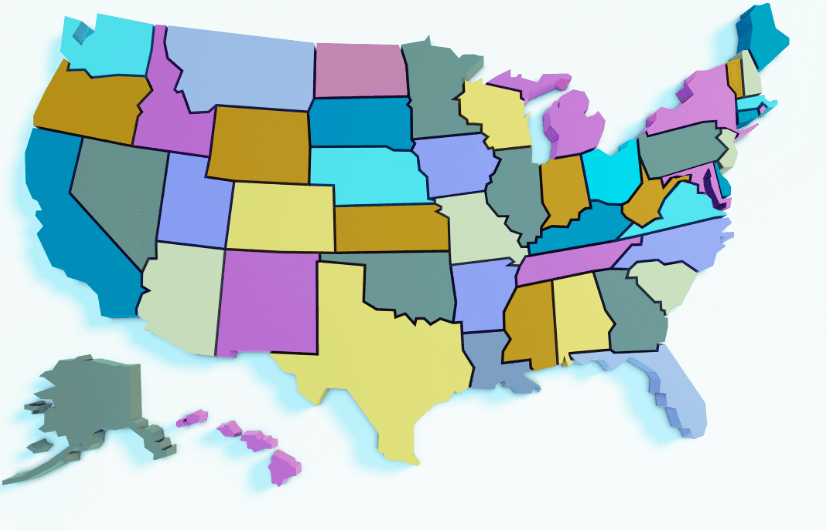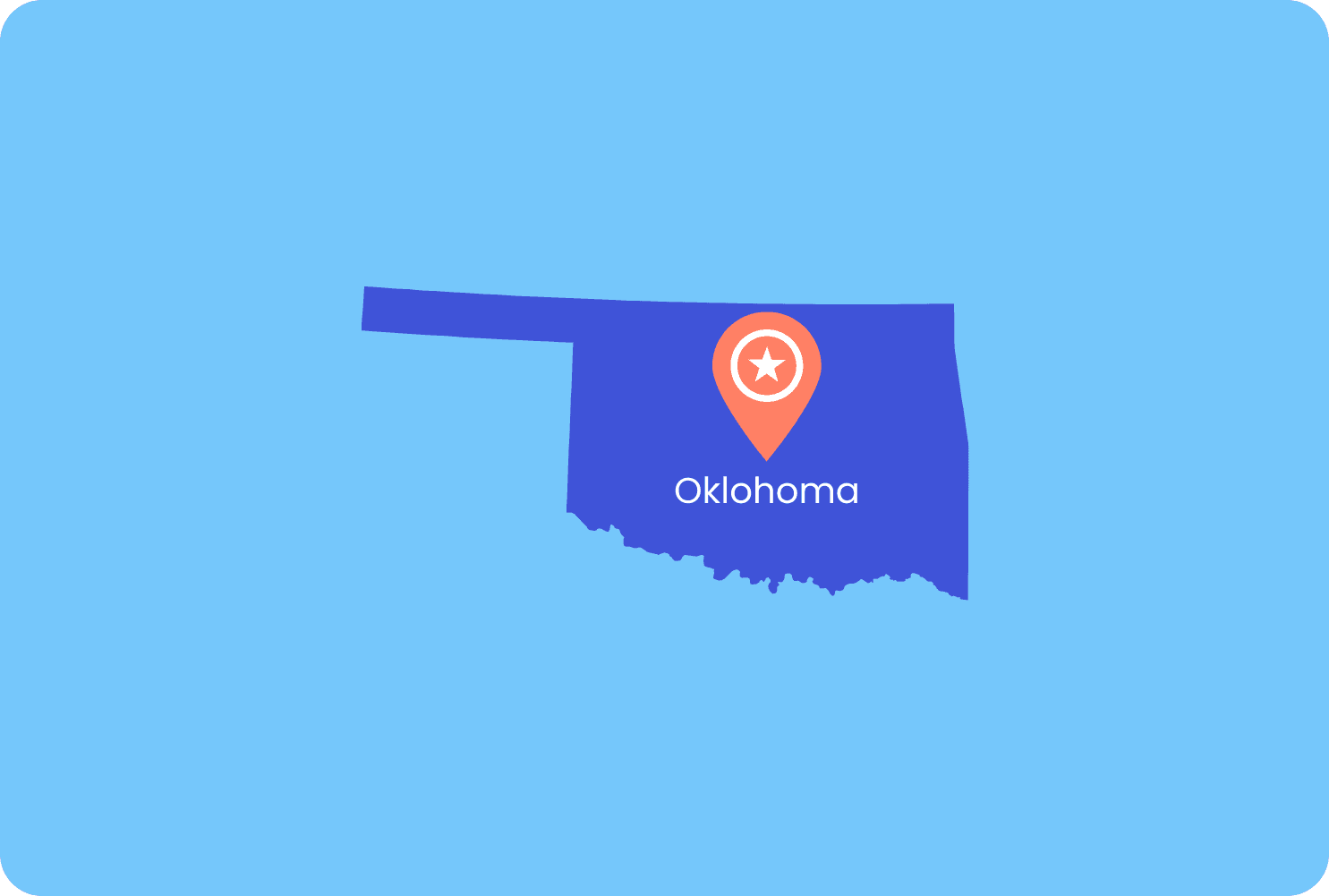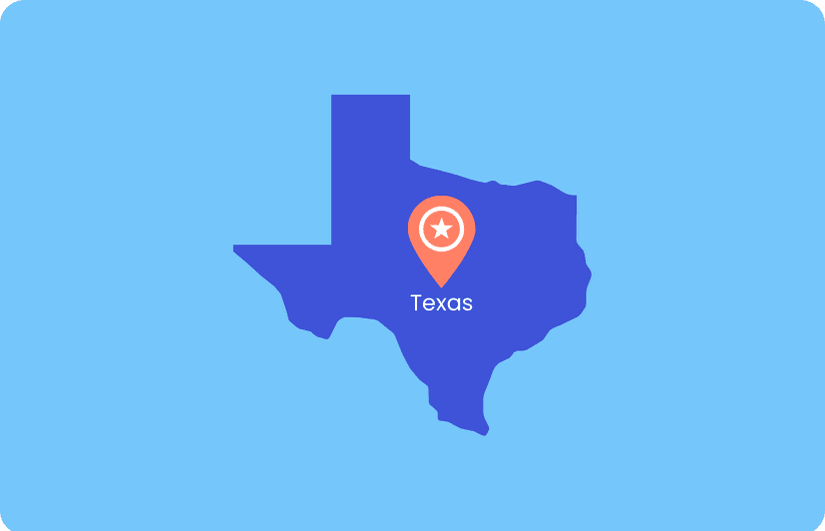Comprehensive Guide to Medical Debt: State-by-State Overview

Medical debt is a complex issue that varies significantly across the United States, influenced by state-specific healthcare policies, insurance coverage norms, and cost of care. This guide provides a brief overview of the medical debt landscape in each state, offering insights into the unique challenges and resources available to residents.
Northeast
New York: Strong consumer protection laws. Look into NY Health Access for resources.
Massachusetts: High insurance coverage rates; explore Health Connector for affordable options.
Pennsylvania: Check out PA Health Access Network for assistance with medical bills and insurance queries.
Midwest
Illinois: Illinois Health and Hospital Association offers programs for uninsured and low-income families.
Michigan: Michigan Medicine's Financial Assistance program helps with unpaid medical bills.
Ohio: Ohioans can seek help from the Ohio Department of Insurance for medical debt disputes.
South
Texas: High uninsured rate; Texas Health and Human Services provides guidance on Medicaid and charity care.
Florida: Florida Health Finder can assist in comparing healthcare costs and services.
Georgia: Georgians can explore options through Georgia Department of Community Health.
West
California: Strong consumer protections and programs like Medi-Cal for low-income residents.
Washington: Washington Healthplanfinder is a resource for affordable insurance options.
Colorado: Colorado PEAK offers assistance programs for medical and other expenses.
Southwest
Arizona: Check Arizona Health Care Cost Containment System (AHCCCS) for support with medical expenses.
New Mexico: New Mexico Human Services Department provides resources for medical assistance.
Northwest
Oregon: Oregon Health Authority has several programs for healthcare assistance.
Idaho: Idaho Department of Health and Welfare offers guidance on managing medical costs.
Tips for Managing Medical Debt
Understand Your Rights: Each state has specific laws regarding medical billing and debt collection.
Negotiate Bills: Many hospitals are open to negotiating medical bills, especially for uninsured patients.
Seek Financial Assistance: Most states have programs to assist with medical bills, especially for low-income or uninsured individuals.
Explore Insurance Options: State-specific marketplaces and Medicaid programs can provide affordable insurance coverage.
Conclusion
Medical debt management requires an understanding of both federal and state-specific resources and regulations. By staying informed and exploring available options, individuals can better navigate the complexities of medical debt in their respective states.
Read similar articles


Not convinced you love us. We love a challenge.
Your satisfaction is guaranteed. Learn more about our Refund Policy.


















